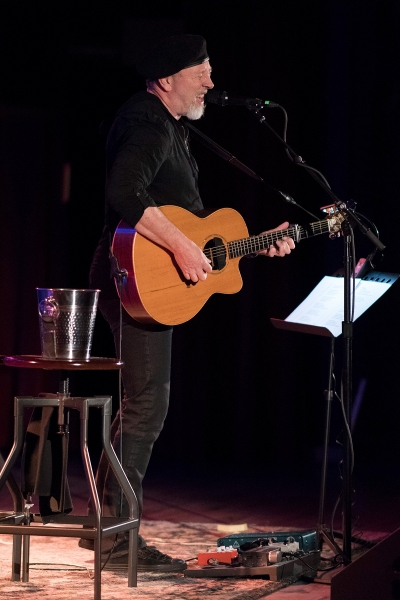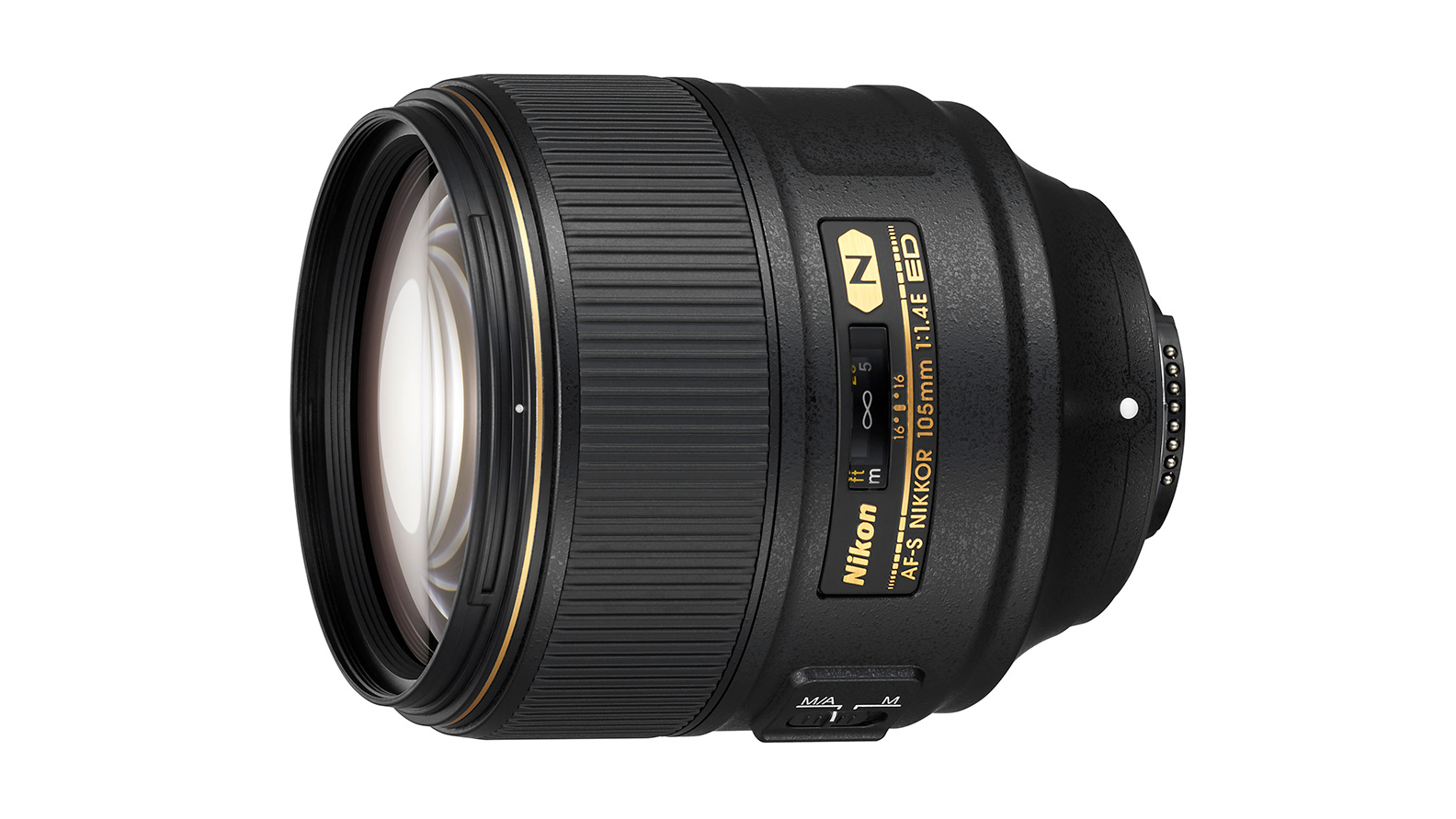In praise of great glass: AF-S Nikkor 105mm f/1.4E
Professional review: Nikon's latest lens is a winner for portrait and event photography
• October 2017 issue
If you use Nikon cameras and want to step up your portrait and events game, the AF-S Nikkor 105mm f/1.4E ED is right up your alley. It’s a superb short telephoto lens on an FX-series Nikon and a slightly longer telephoto on DX-format Nikons. Images made with this lens have crisp definition, and the autofocus is swift, sure, and nearly silent. Nikon users will be hard pressed to find a better lens for portraits or low-light photography.
Nikon has a history of making fine 105mm lenses, but the last lens the company made that was over 100mm long with nearly this fast of a maximum aperture was the manual focus 105mm f/1.8 AI-S Nikkor, introduced in 1981, and it was a favorite of mine. That lens used a simple optical design (five elements in five groups) and took a 62mm filter. The AF-S 105mm f/1.4E ED is longer, larger in diameter, and nearly 60 percent heavier, but it’s a half-stop faster and uses the full pantheon of Nikon’s most up-to-date lens technology, including its Silent Wave autofocus. Where the older lens used a simple optical formula, Nikon has put a lot of glass in this new lens.

The AF-S Nikkor 105mm f/1.4E ED lens uses a complex set of glass elements and coatings that cover all the bases to deliver what you like to see in a portrait.
The 105mm f/1.4E is built around 14 large elements in nine groups, three of which are extra-low dispersion (ED) glass. The outer surfaces of the front and rear elements incorporate a fluorine coating to repel moisture and dirt. Internally the lens uses Nikon’s Nano Crystal Coat, a technology originally developed for semiconductor manufacturing devices to reduce internal reflections and unwanted flare. The lens stops down to f/16, and while performance is excellent at both ends of the aperture range, sheer optical performance is best in the f/2.8 to f/8 range. If you’re a fan of smooth, soft-edged circular out-of-focus highlights in the background, the bokeh is exceptional through the f/1.4 to f/5.6 range.
Beyond all that, this is an internal-focusing lens, with focus accomplished by moving elements inside the lens using Silent Wave Autofocus motors. The diaphragm is electromagnetically controlled by the camera’s CPU, which should mean that exposures are more consistent frame to frame over the years. Such E-type lenses are compatible with all current and most older Nikon digital bodies going back to 2007 (except the D3000 and D60) but don’t work with older digital bodies or film DSLRs (because they don’t communicate aperture information with lenses).
On a full-frame (FX) format Nikon, even wide open at f/1.4, the resolution of real-world fine detail is outstanding in the center and falls off only slightly in the corners. Also wide open there is some slight falloff in the corners of image brightness as well but by f/2.8 both issues disappear. On APS-C format (DX) Nikons, you simply won’t encounter them. Portrait photographers will appreciate the ultra-smoothness of out-of-focus areas, and event photographers will like the fast and sure autofocus performance in tricky low-light situations. Product and other commercial photographers will welcome the lack of geometric distortion, and I can’t think of anyone who won’t love the absence of chromatic and other optical distortions.

Images made with this lens deliver crisp detail and exceptional bokeh.
Size and weight are important in how you work with a lens, and compared to similar but slower lenses in the 85mm to 135mm range, the 105mm f/1.4E is big but not so large or heavy that handholding it all day becomes a chore. Most of its size and weight are due to the glass, and this is a mechanically robust lens with a solid feel. It balances well with the D500, D810, and the larger D5, but on smaller and lighter DX Nikons it’s noticeably front-heavy. If you regularly use filters, note that you’ll need 82mm screw-mount filters or the same size adapter for your matte box/filter holder.
Cost also matters. High-quality precision tools aren’t cheap, and this one is $2,199.95. It’s also true that no camera is better than the lens you put on it. This is a lens made for demanding professionals who want to wring the best performance possible from their camera bodies. The only possible downside I can think of is the absence of Nikon’s vibration reduction (VR) technology. While having VR might have made it easier to shoot handheld at extremely slow shutter speeds, my suspicion is that it would also constrain optical performance and make the lens larger and more expensive.
Ellis Vener is contributing editor of Professional Photographer.


 View Gallery
View Gallery


